Speaking at the meeting, Minister Nguyen Manh Hung affirmed that the strength of a science and technology organization is not only measured by the number of topics or investment capital, but must be demonstrated through a clear philosophy, systematic methods and the ability to ask the right research questions. The Minister said that the current institution is more open, but if research does not create specific outputs and cannot measure the impact, the budget will be increasingly tightened.
Regarding improving the efficiency of public investment in science and technology, the Minister said: "Resolution No. 193/2025/QH15 of the National Assembly has "unbundled" the input, but that does not mean loosening management. On the contrary, we must strictly manage the output, be responsible to the country, to the institution and to every penny of the national budget". The new mechanism allows payment according to output, increasing autonomy and flexibility in managing science and technology tasks. However, the Minister noted: "The more open the mechanism, the greater the responsibility. If you can see the output, auditing will be easier. Otherwise, financial control will be more stringent".
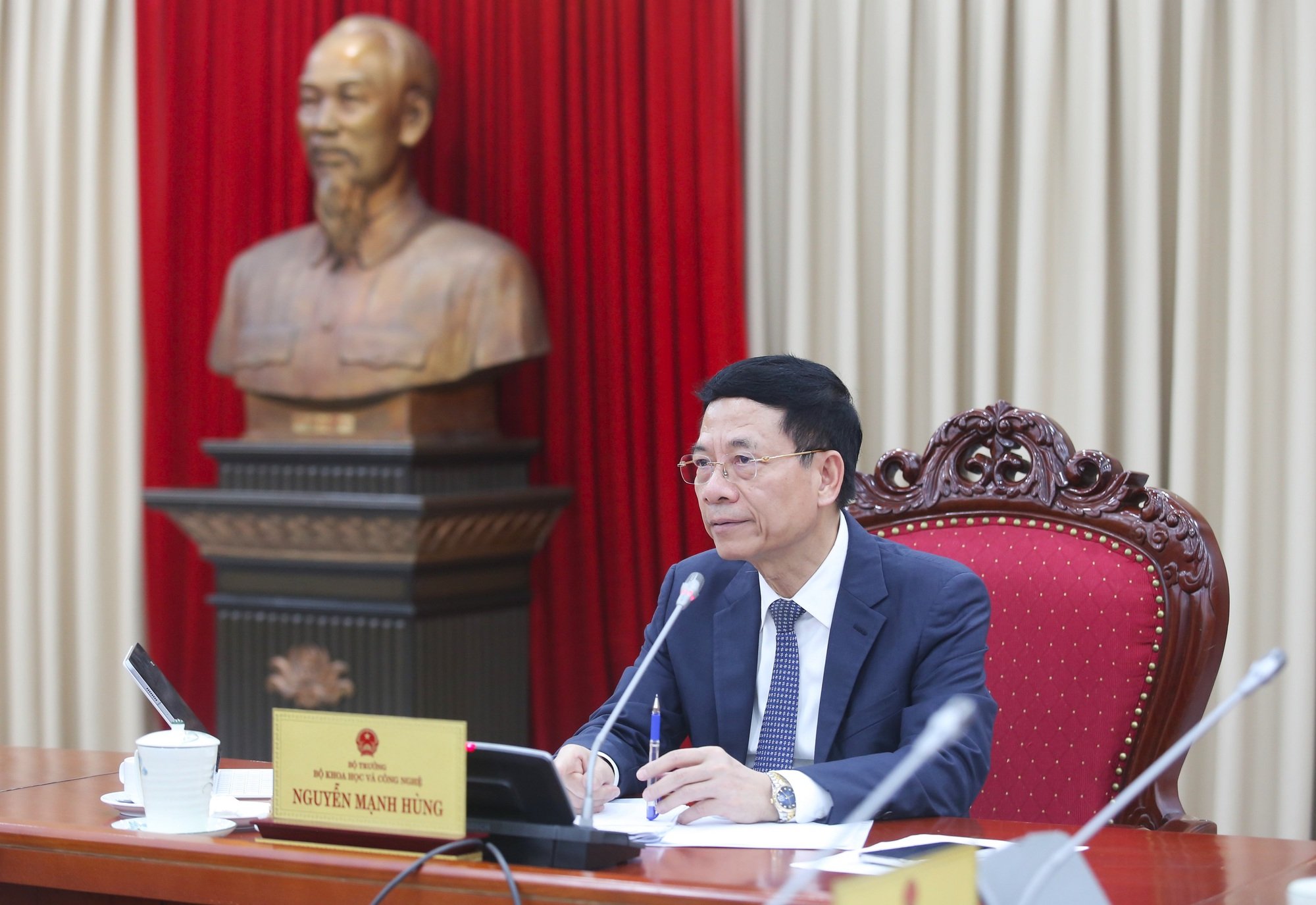
Minister of Science and Technology Nguyen Manh Hung gave a speech at the meeting.
Representatives of the units reported on their operations and clarified some contents related to their functions and tasks, especially the role of implementing state management and their substantial contributions to socio-economic development; at the same time, they actively exchanged and discussed to remove difficulties and obstacles, thereby proposing key development orientations in the coming time.
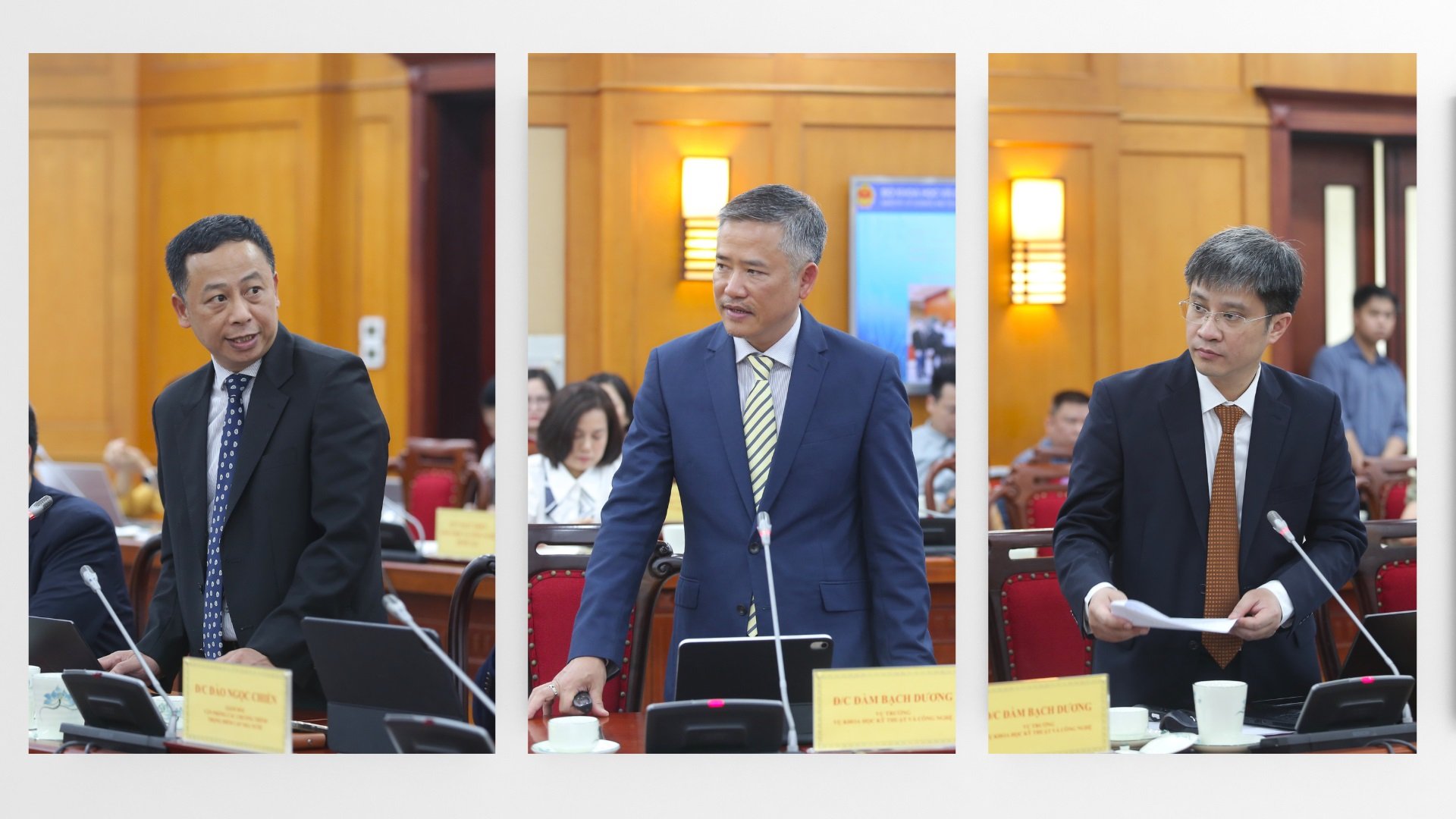
From left to right: Mr. Pham Dinh Nguyen, Director of Nafosted Fund; Mr. Dam Bach Duong, Director of Department of Science, Technology and Engineering; Mr. Tran Quoc Cuong, Director of Department of Social Sciences, Humanities and Natural Sciences reporting at the meeting.
One of the contents that the Minister paid special attention to was the requirement to change the mindset in evaluating scientific research: from "counting the number of inputs" to "measuring the efficiency of outputs". In the context that the budget for the field of science and technology is expected to reach 50,000 billion VND in 2025, the Minister said that it is necessary to build a system to evaluate the efficiency of scientific spending, focusing on actual results and impacts, contributing to the transparency of investments from the budget.
Notably, at the meeting, the representative of Nafosted Fund reported on the research support model combined with businesses - a direction that is proving its practical effectiveness. A typical example is the medical stent production cooperation project, achieving cumulative revenue of over 400 billion VND in 2024, with only 38.08 billion VND invested from the state budget out of a total investment of 190 billion VND. The project demonstrates the effectiveness of bringing research results to the market, with the support of the private sector.
The Minister highly appreciated this model, and emphasized the role of strategic technologies - technologies that have the potential to contribute to the national development orientation. However, the Minister also noted that to achieve the goal of mastering large technologies, Vietnam also needs small, practical technologies that can penetrate deeply into businesses, create value along the chain and have high spillover effects.
According to the Minister, allocating 70% of the research budget to the business sector will create a big boost for the economy. The State only spends 3% of the budget on science and technology, innovation (I&T) and digital transformation (DCT), but expects the whole society to invest 2.5-3% of GDP. In other words, each dong spent from the State budget needs to attract 3-4 dong of investment from businesses. If businesses invest heavily in science and technology, the impact on growth will be direct, fast and sustainable. The Minister warned: many countries fail in developing science and technology, innovation, and DCT because they do not achieve this "pull" ratio, even though the level of investment from the budget is very large.
Therefore, the Minister suggested that it is necessary to orient state funding and support resources towards enterprises, instead of focusing only on research institutes and universities.

Overview of the working session
A clear message was sent by the head of the science and technology sector to the research community: "When the mechanism is open, research must be effective. This is the time for action - responsible action, action that creates value."
At the end of the working session, Minister Nguyen Manh Hung especially emphasized the role of the leadership and management team in the science and technology system: "The leader must clearly understand the definition and have a firm grasp of the background knowledge. Otherwise, it will lead to monologue, subjectivity, and the science sector will not have proper criticism."
Innovative thinking, a systematic approach and output-based evaluation are considered key factors, creating momentum for science and technology, innovation and digital transformation to contribute 5% to GDP growth in the 2026-2030 period, as targeted by the Ministry of Science and Technology.
Source: https://mst.gov.vn/bo-truong-nguyen-manh-hung-khong-con-dem-dau-viec-khoa-hoc-can-duoc-danh-gia-bang-hieu-qua-dau-ra-197250423083405005.htm






![[Photo] Thousands of Buddhists wait to worship Buddha's relics in Binh Chanh district](https://vphoto.vietnam.vn/thumb/1200x675/vietnam/resource/IMAGE/2025/5/3/e25a3fc76a6b41a5ac5ddb93627f4a7a)











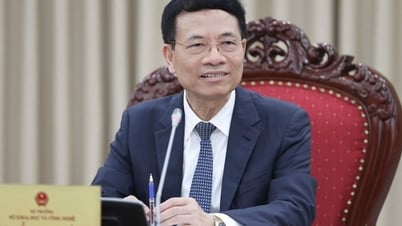

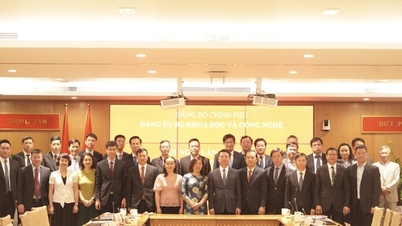




![[Photo] Bustling construction at key national traffic construction sites](https://vphoto.vietnam.vn/thumb/1200x675/vietnam/resource/IMAGE/2025/5/2/a99d56a8d6774aeab19bfccd372dc3e9)


































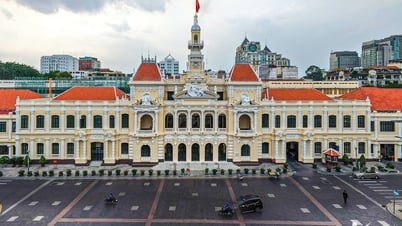














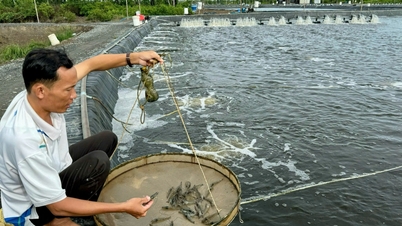












Comment (0)